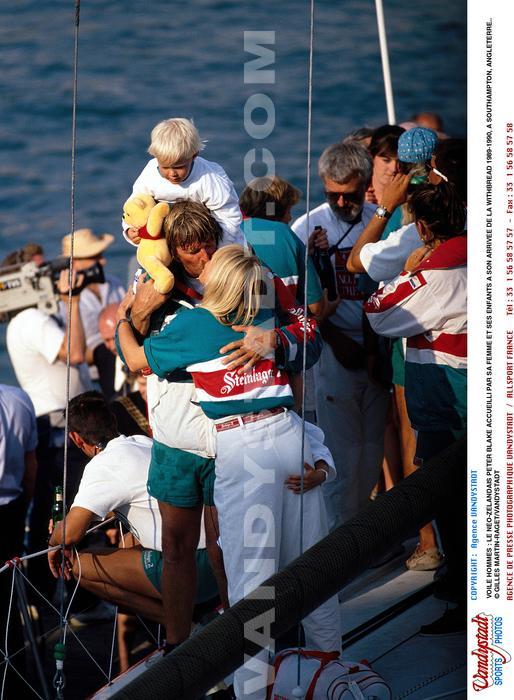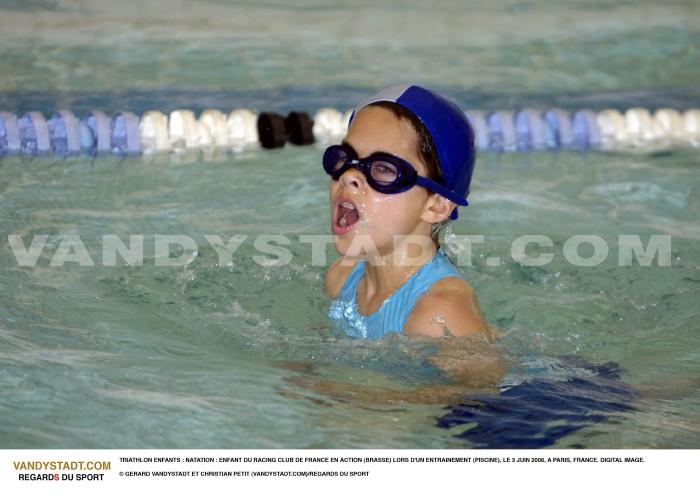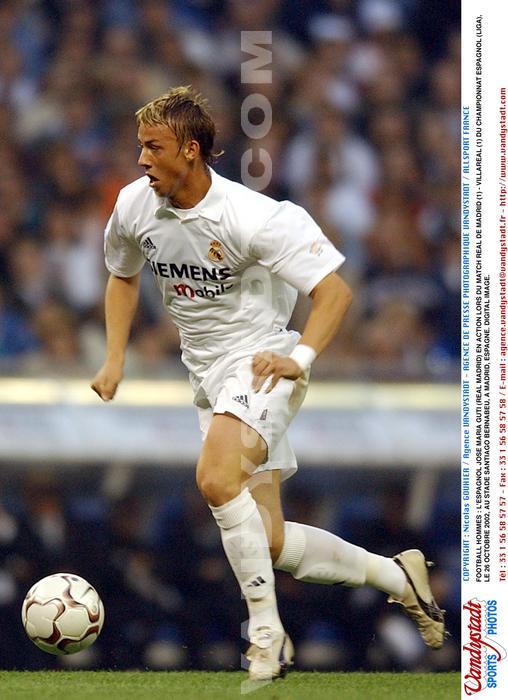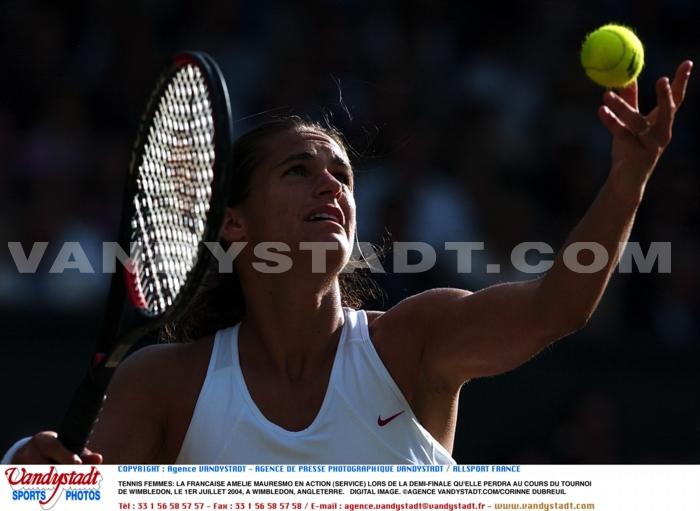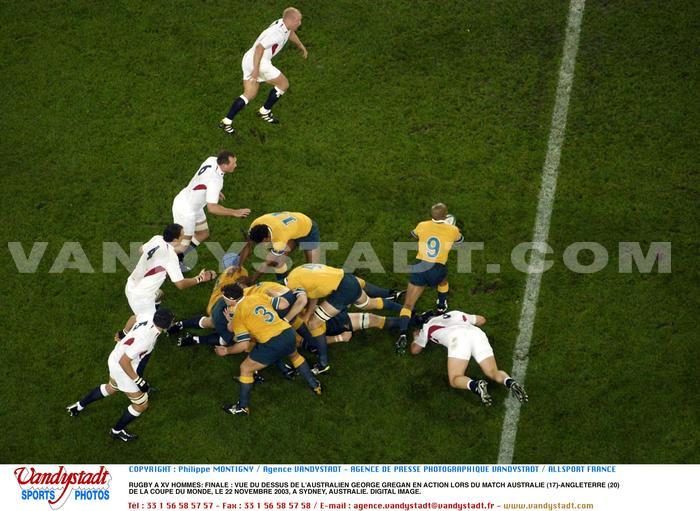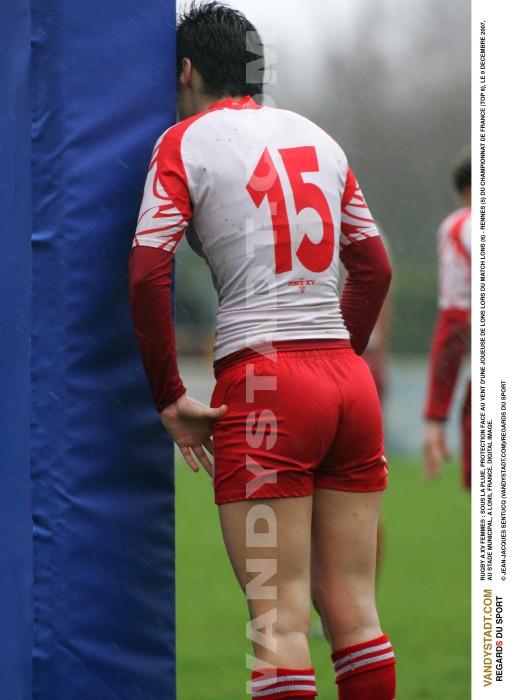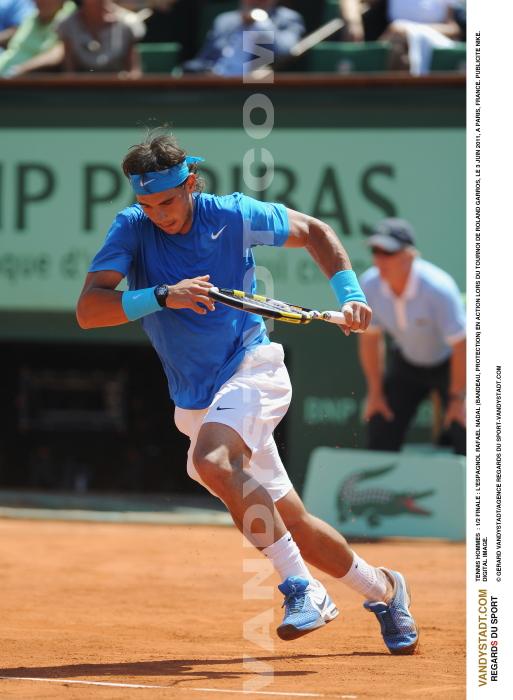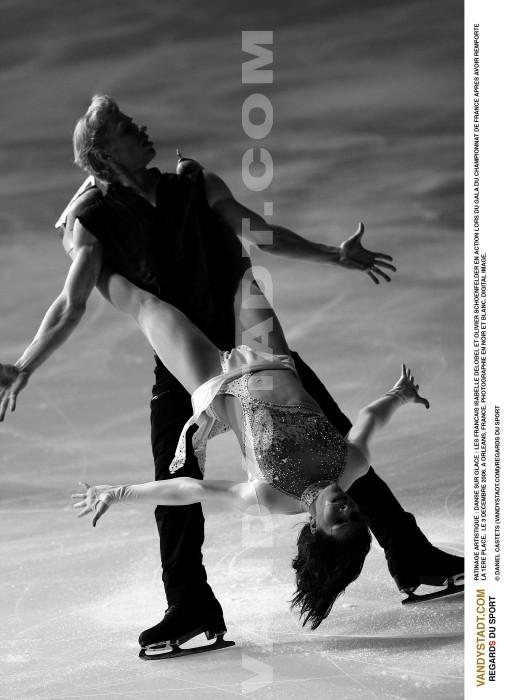Taekwondo - Taekwondo history
Taekwondo - Olympic Sports
![]()
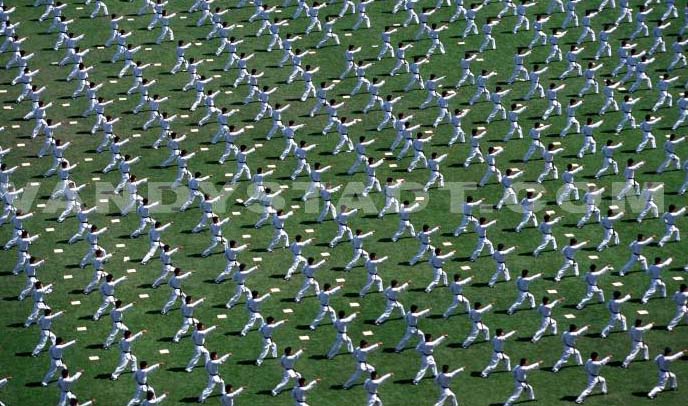
Korean Tae means "foot", kwon means "fist" and do means "way".
The "foot fist way".
Taekwondo is a defensive martial art that requires the same time as physical and rigorous training, mental discipline. Thus, in addition to the sporting side, it covers a wide range of activities:
-- Self-defense (that is to say, he can defend themselves in case of aggression)
-- Fitness
-- The feeling of confidence, a sense of respect and justice
-- Health (regardless of age, sex, morphology of in
idu)
-- The competition at the Olympic level (indeed, today it is not only seen as a defense martial art but it is practiced as a sport in over 150 countries)
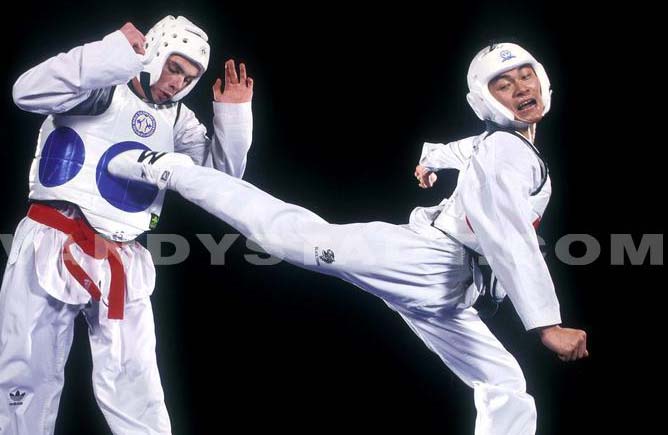
History
Self-defense martial art and combat Korean created 000 years ago 2. It has its origins in the legendary Shaolin Temple in China and named the 'Teak Kyon' or 'Soo Bakh Do. His practice was prohibited by the Japanese during the occupation Nippon Korea between 1910 and 1945 and taekwondo is a new boom in the 50s. Many schools or "kwan" reappear, each with special attention to any particular technique. Taekwondo will be adopted by all teachers in these schools qualify for all styles of combat in Korea. A demonstration in front of President Rhee during the Korean War helped taekwondo to become a compulsory subject in the Korean army. This form of karate (the Korean kung fu) can provide quick kicks above the belt and punched in the chest except the face and throat.
The big difference is that karate blows are likely not controlled and it must never attack first.
The Federation Internationale (World Taekwondo Federation or WTF) was founded in 1973. The first world championships with 2 classes were held in Seoul this year. There are some 30 million practitioners in 167 countries and 40 000 licensed in France.
Taekwondo and Olympism
Demonstration sport at the Olympic Games in 1988 and 1992, taekwondo figured for the first time the Olympic program in 2000 (between 103 athletes including 55 men and 48 women from 51 countries). In the Olympic tournament, he ay four weight categories for men and women (instead of eight categories in the WorldChampionship). They compete in a knockout tournament. It earns points for legitimate shots, you lose in penalty cases.
Competition
In taekwondo, the goal is to score as many points. When an athlete receives four (- 4) penalty points during his fight, then it is declared by the referee won by penalty points.
The two main styles of competition are "poomse," a series of techniques performed against an imaginary opponent (the equivalent of kata) and "kyoruki" or "kiourigi.

Duration
A fight consists of three times of three minutes, with one minute rest between these clashes. Each battle takes place between a competitor red and one blue. There is a referee and three judges.
Points
Since 1 June 2009, the blows to the face relate three points instead of two points before. In the body, couip foot front and back kick relate respectively one and two points.
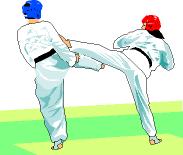
There are eight categories for women and men.
The different colors symbolize the belt grade earned. Grades range from 10th "keup" designating a beginner (white belt) to 1st Keup (red striped black belt). The 1st to 10th dan black belt wears a golden stripes on her dress.
In taekwondo, punches to the face and kicks below the waist are prohibited!
Equipment
Athletes wear pants and a loose jacket, the Dobok. They are also protective in a breastplate, a helmet, elbow pads and shin guards.
Glossary
Combat area: 12 square meters square in the center of the mat where a fight takes place in taekwondo.
Cha-ryeot: The referee to get into position in preparation.
Chung: Fighting Blue.
Deuk-jeom: Point.
Gam-jeom: Penalty valued automatic e point.
Hong: red fighter.
Joon-bi: The referee's command to prepare to start the fight.
Kal-yeo: The referee to separate or move away from the opponent down.
Keu-man: The referee stopping the fight.
Kyeong-rye: The referee welcome.
Kye-shi: The referee suspended the match when one fighter gets first aid.
Kye-sok: The referee to continue.
Kyong-go: Warning of violation of a rule, costing half a point but not counted unless it is combined with another warning to a full point.
Alert line: line of demarcation between the combat area and the warning area.
Outer limit: Line unmarked margin around the combat area, defining the outer edge of the carpet.
Earthing: Decision-making when one fighter is on the ground or is unable to continue.
Getting out of combat: Decision that the referee stops the fight and declare a winner if his fighter opponent can not continue.
Sudden Death: A method of awarding the gold medal in the taekwondo competition of the Olympic Games when a fight resulted in a tie, this method is to make a fourth attempt in which the first opponent who wins mark.
Position of referee: Place ground marked on the carpet where the referee begins and ends each round.
Reprise: A series of periods, separated by rest, constituting a match.
Shi-gan: The referee suspended the fight for reasons other than medical.
Shi-jak: The referee to start the fight.
Su-bak: Art of Self-defense practiced in Korea 800 years ago, apparently used as a sport for
ertir spectators.
Surface scoring: Living on the face or body of the opponent when a regulatory coup can be worn to mark a point.
Taekwondo: Modern form of martial art meaning "with hands and feet" and descended from ancient Korean martial arts.
Yeo-dul: Eight in Korean, putting an end to the compulsory stop one participant put down even if he wants to resume fighting.
Yeol: 10 in Korea, indicating the end of a countdown to complete and thereby setting off a battle.
Since the first edition in 1990, four French were victorious in World Cup: Moktar Doumbia in 1991, Pascal Gentil (at 84 kilograms in 2000, 2001 and 2002), Christophe Civiletti (-54 kg in 2000) and Mickaël Borot (in 84 kg in 2001).
Copyright Sportquick/Promedi








